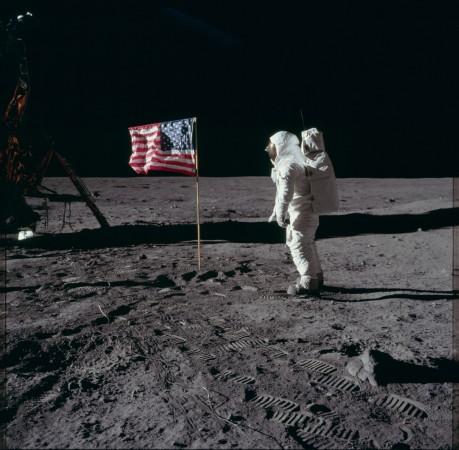
It was on July 20, 1969, that the United States' manned mission, 'Apollo 11' landed on the lunar surface. After the historic landing, NASA astronauts Neil Armstrong and Buzz Aldrin stepped onto the moon, six hours later on July 21. At that time, flying over their heads, locked in lunar orbit was none other than Michael Collins who was the command module pilot. As NASA is all set to celebrate the 50th anniversary of this historic feat, we share you the experiences of Neil Armstrong during the milestone landing that reshaped the entire course of the human space race.
After landing on the moon, Neil Armstrong said, "That's one small step for man, one giant leap for mankind." At the time of landing, more than 650 million people watched this historical moment, as Neil Armstrong placed his feet on the sandy moon regolith.
Later, Armstrong talked with NASA's Mission Control in Houston and detailed how earth's natural satellite looked like. The digitalized version of this communication between Armstrong and mission control is stored by NASA, as a glorious remembrance of the United States' gigantic step in the space race, thus overpowering the Soviet Union.
Armstrong revealed that the surface of the moon is sandy, and he claimed that there is no such trouble in walking across the surface of the earth's natural satellite. It should be noted that the moon has just one-sixth gravity of the earth, but Neil Armstrong informed the mission control that moving around the lunar surface is much easier when compared to earthly simulations.
"I only go in a small fraction of an inch, maybe an eighth of an inch but I can see the footprints of my boots and the threads in the fine, sandy particles. There seems to be no difficulty in moving around – as we suspected" said Armstrong, NASA reveals in the transcript.
Even after fifty years of the moon landing, several conspiracy theorists still believe that the entire moon landing mission was staged to proclaim the United States' dominance in the field of space. As per these conspiracy theorists, NASA has shot all the lunar landing events in a Hollywood movie set in a remote desert location.














